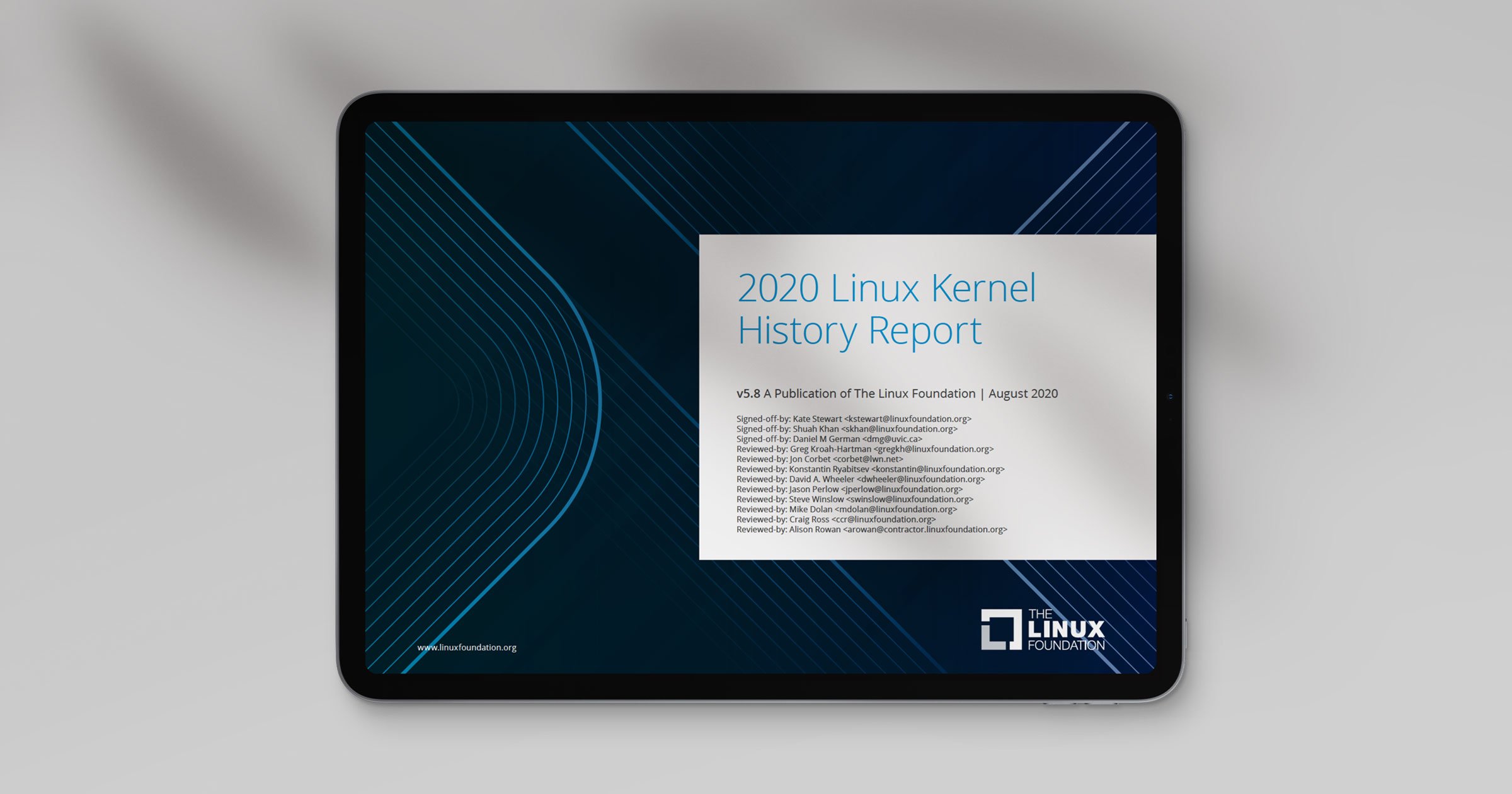There are many business reasons to use open source software. Many of today’s most significant business breakthroughs, including big data, machine learning, cloud computing, Internet of Things, and streaming analytics, sprang from open source software innovations. Open source software often comes into an organization as the backbone of many essential devices, programs, platforms, and tools such as robotics, sensors, the Internet of Things (IoT), automotive telematics, and autonomous driving, edge computing, and big data computing. Open source software code is working on many smartphones, laptops, servers, databases, and cloud infrastructures and services. Developers build most applications by leveraging frameworks like Node. js or pulling in libraries that have been tested and proven in many production use cases. To use almost any of these things is to use open source software in one form or another, and often in combination.
By using open source software, companies also avoid building everything from the ground up, saving time, money, and effort while also rendering more innovation from the investment. Open source software is generally more secure than using the commercial proprietary counterparts too. That is due in large part to the collaborative nature of open source software projects. A common phrase used by Open Source developers and advocates is that “given enough eyeballs, all bugs are shallow.” That holds so long as there are “enough eyeballs,” which, given open source software’s adoption rate, may be challenging to have across all projects. Drawbacks do exist, as no software is perfect, not even open source software. However, for most organizations, the good far outweighs the bad. The codebase’s open nature also means it’s easier to report and fix software versus alternative models.
While open source software offers many reliable and provable business advantages, sometimes those advantages remain obscure to those who have not looked deeply into the topic, including many high-level decision-makers. This paper, published by the European Chapter of the TODO Group, aims to provide a balanced and quick overview of the business pros and cons of using open source software.
